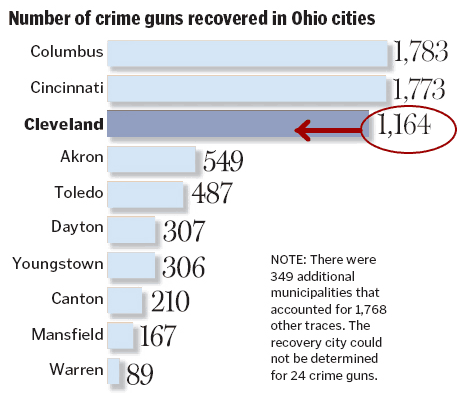Okay, so I’ve had my iPhone for a while now, but back when I got it I took a few notes about my first impressions. I thought I’d clean them up a bit and post my thoughts for anyone who still on the fence about buying one.
I, like a lot of you, have been following the iPhone since it was just a twinkle in Steve Jobs’ eye. Hundreds of bloggers and journalists have written about the device. Now that I’ve had one for two days, does it meet the hype?
Before I write down a few thoughts, I have to say that my wife got me the iPhone as an anniversary present. My Treo 650 has become increasingly frustrating, freezing up silently and making it impossible to get in touch with me. I’ve also been informed that this counts as Christmas 2007 as well, which is fine by me.
My first experience with the iPhone was a bit frustrating. My main desktop is still on Windows 2000. Unfortunately, even though I had the latest version of iTunes, I needed Windows XP, Vista, or OSX to sync with the iPhone. I had to activate the phone using my wife’s iBook. Activation was very quick and painless – as a current AT&T customer who already has a data plan and iTunes account I would imagine I’m the ideal case.
The iPhone does a lot of things very well. Safari is a great web browser, with one caveat I’ll talk more about below. The large, high resolution screen makes web surfing a much better experience than my Treo. The screen is amazingly bright – I have it set at the default, halfway setting and could still read everything easily in the bright sun. I love the way it picks up nearby wifi networks and then remembers once you’ve okayed a particular one – at home, web surfing is very fast. Surfing on the AT&T network is noticeably slower but usable. At least once or twice it seemed to stall completely.
I put a few mp3s and photos on it and the process is pretty painless. So far iTunes seems a lot easier to use than the Palm Desktop software for my Treo which always seemed a little odd to me.
How does it work as a phone? Very well. The speakerphone is loud and clear and everyone on the other end has told me I sound great. I even took a work call on a Sunday night, and it seemed everyone else on the bridge had background noise problems but me.
The biggest frustration for me so far (other than the incompatibility issues) has been that Safari is so much like a real browser that it tricked me into thinking it was a real browser. I’ll explain. I have some photos up on Flickr and my wife was using her iBook so I thought I would just grab photos online instead of syncing them. No dice. There’s no way to actually save pictures, or anything for that matter, from the web. Now I know Safari can save things, that’s how web browsers work, they download and cache files to display them to you. So why is it impossible to save a photo to my photos? I wonder if this is Apple trying to make it simpler for novice users or AT&T trying to keep people from skipping services somehow.
Either way it’s disappointing. It shows you why so many people are rushing to hack the iPhone – there’s a lot of untapped potential there.
I mentioned that iTunes was easy to use, but the syncing process does have one fatal flaw: I can’t seem to figure out how to do a real backup, other than syncing again to a recent version of Outlook. I really just want a file system I can copy to a CD (or better yet, let Mozy automatically back up).
Anyone else have an iPhone? Please let me know your thoughts in the comments below.

 Worrying about the font on the signs seems pretty silly compared to all the engineering and resources that go into a single bridge, let alone the entire highway system. Why does this merit an article in the Times and what does this have to do with programing, web development, social software, or any of the topics many visitors to this blog are interested in?
Worrying about the font on the signs seems pretty silly compared to all the engineering and resources that go into a single bridge, let alone the entire highway system. Why does this merit an article in the Times and what does this have to do with programing, web development, social software, or any of the topics many visitors to this blog are interested in?